
Sep 21 , 2024
By Pinelopi Koujianou Goldberg
Contrary to expectations, Arizona's Taiwan Semiconductor Manufacturing Company (TSMC) semiconductor plant is reportedly on track to meet its 2025 production targets. This announcement poses a challenge to the many observers who predicted that the effort to bring chip manufacturing back to the United States would fail.
What went right this time?
Scepticism surrounding the Arizona plant stemmed from the belief that chip manufacturing benefits heavily from learning-by-doing and dynamic economies of scale, both of which give incumbents a significant cost advantage. That is how TSMC maintains its dominant market position, especially in cutting-edge technologies, producing around 92pc of the world's most advanced logic chips at its Taiwan plant.
This high concentration prompted calls to diversify production to ensure supply-chain resilience. However, the same learning-by-doing imperative is an obstacle for new entrants, casting doubts on projects like the one in Arizona. With the rising anti-immigration sentiment, concerns about America's ability to attract skilled labour added to the pessimism.
Yet the gloomy predictions turned out to be overstated. While learning is crucial in chip manufacturing, new entrants' ability to compete with incumbents depends more on the nature of the learning. In new research, my colleagues and I find that in semiconductors, learning-by-doing is not as technology-node-specific as it is firm-specific. Thus, TSMC's advantage is not necessarily in producing advanced chips more efficiently, but in transferring its knowledge and expertise across different technologies.
That means its success could be replicated in other locations as long as new plants can build on the Taiwanese parent's experience rather than starting from scratch.
Another important factor is the cross-border spillover of knowledge. The same research finds substantial spillovers in the transmission of learning across borders. While the exact mechanisms are unclear, foreign technology transfers – including through foreign direct investment and cross-border recruitment of skilled professionals – are likely to play a significant role.
Since the semiconductor supply chain is structured on the "fabless-foundry" model (whereby chip design companies outsource chip fabrication), it, too, facilitates knowledge transfers between countries. Chip design and manufacturing involve close collaboration between buyers and manufacturers around the world, with buyers often a major player in the dissemination of practical knowledge.
These beneficial cross-border knowledge spillovers suggest that government support alone cannot guarantee success in an industry.
Taiwan and South Korea owe their dominance in chip manufacturing not only to significant government subsidies, but also to access to foreign advanced technologies. By contrast, despite heavy government support, China has not yet reached the frontiers of semiconductor technology. China's experience shows that while government support can be beneficial, access to foreign technology is crucial. China's struggles – set against Taiwan's successes – offer valuable lessons for technologically innovative sectors.
A similar pattern appears in China's far more successful industrial policy for the automobile sector, where joint ventures between domestic firms and more technologically advanced foreign manufacturers proved instrumental. As with semiconductors, collaboration between firms in different countries stands out as the main driver of technology and product-quality improvements.
Such cross-border learning spillovers have three big implications for current policy.
The US does indeed stand a strong chance of catching up with Taiwan in semiconductor manufacturing, given the close cooperation between the two countries and America's leading position in research and chip design. Efforts to slow China's progress in semiconductors are likely to succeed, considering that US export restrictions have effectively cut China off from foreign advanced technology.
Lastly, other countries looking to become major players in the semiconductor industry (such as India) depend on US technological leadership. No matter how much financial support these countries provide, they are unlikely to succeed without US technological backing. An industrial policy that might work for the US, the technology leader, won't necessarily work for others. The key takeaway is that the US remains in the driver's seat. With its technological leadership and scale, it is poised to meet its semiconductor policy goals: strengthening supply-chain resilience and weakening China's position.
Still, one must ask whether these objectives are worthwhile.
While diversifying the supply chain away from a single, geopolitically sensitive location makes sense, it is unclear why chip manufacturing must be brought back to the US, as opposed to other allied countries that may be able to produce at a lower cost. The need to slow China's chip-making progress remains debatable, except in specific cases where there are legitimate national security concerns.
Historically, the US achieved technological leadership while also lifting up many other countries. America stayed on top in innovative activities such as research and design, but the gap between it and the rest of the world narrowed. In recent years, however, the strategy has shifted to one in which the US remains on top by pushing others down. Yet as Vice President Kamala Harris argued at the recent presidential debate: "The true ... leader actually understands that strength is not in beating people down, it's in lifting people up."
This applies not only to people, but to countries.
PUBLISHED ON
Sep 21,2024 [ VOL
25 , NO
1273]


Radar | Apr 19,2025

My Opinion | Feb 23,2019
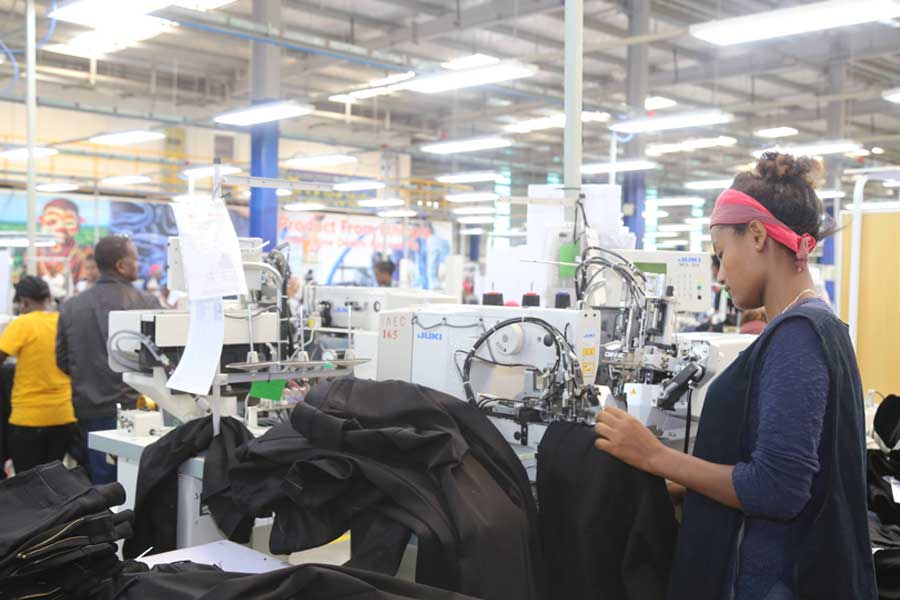
Agenda | Nov 14,2020
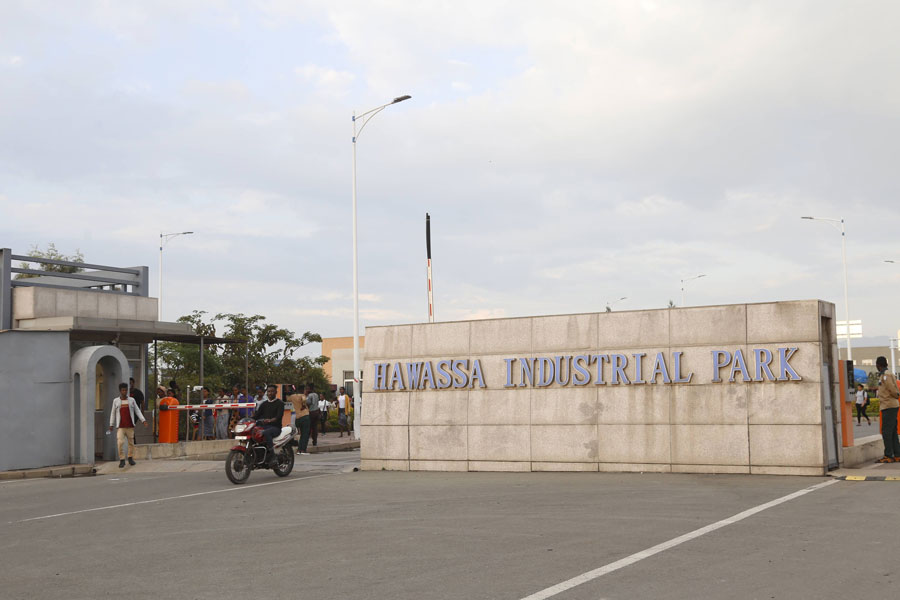
Fortune News | Apr 16,2022

Viewpoints | Nov 02,2024

Photo Gallery | 179033 Views | May 06,2019

Photo Gallery | 169229 Views | Apr 26,2019

Photo Gallery | 160108 Views | Oct 06,2021

My Opinion | 137138 Views | Aug 14,2021
Commentaries | Oct 25,2025

Dec 22 , 2024 . By TIZITA SHEWAFERAW
Charged with transforming colossal state-owned enterprises into modern and competitiv...
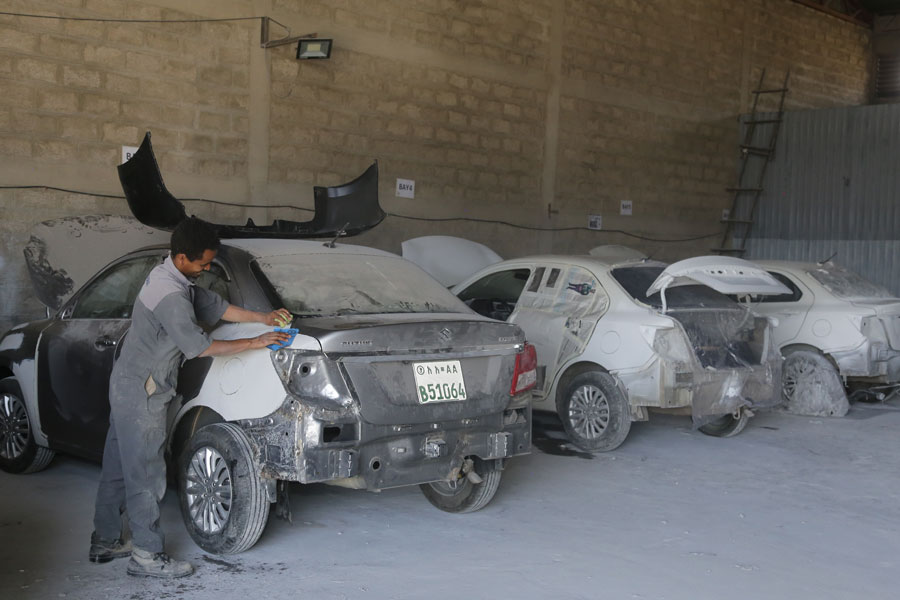
Aug 18 , 2024 . By AKSAH ITALO
Although predictable Yonas Zerihun's job in the ride-hailing service is not immune to...

Jul 28 , 2024 . By TIZITA SHEWAFERAW
Unhabitual, perhaps too many, Samuel Gebreyohannes, 38, used to occasionally enjoy a couple of beers at breakfast. However, he recently swit...

Jul 13 , 2024 . By AKSAH ITALO
Investors who rely on tractors, trucks, and field vehicles for commuting, transporting commodities, and f...
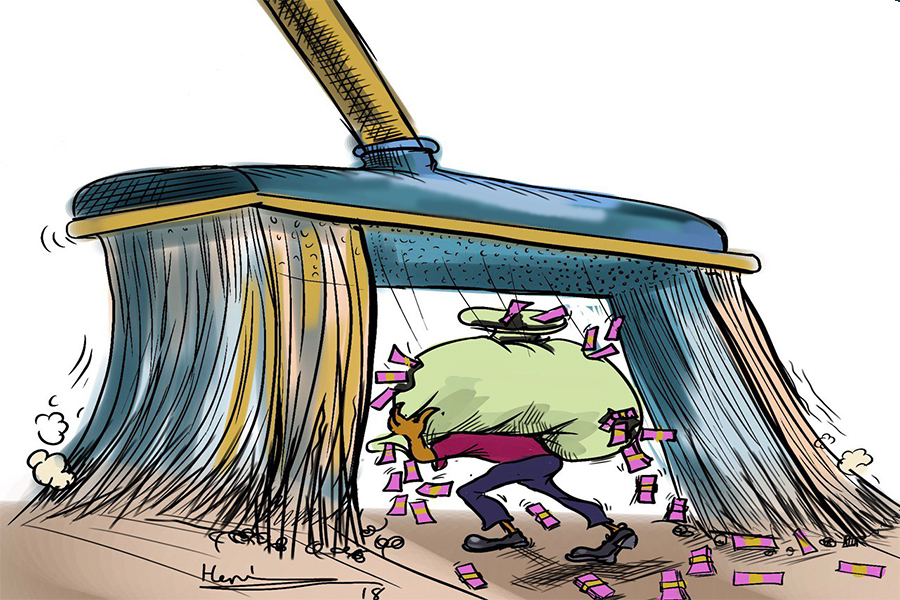
Oct 25 , 2025
The regulatory machinery is on overdrive. In only two years, no fewer than 35 new pro...
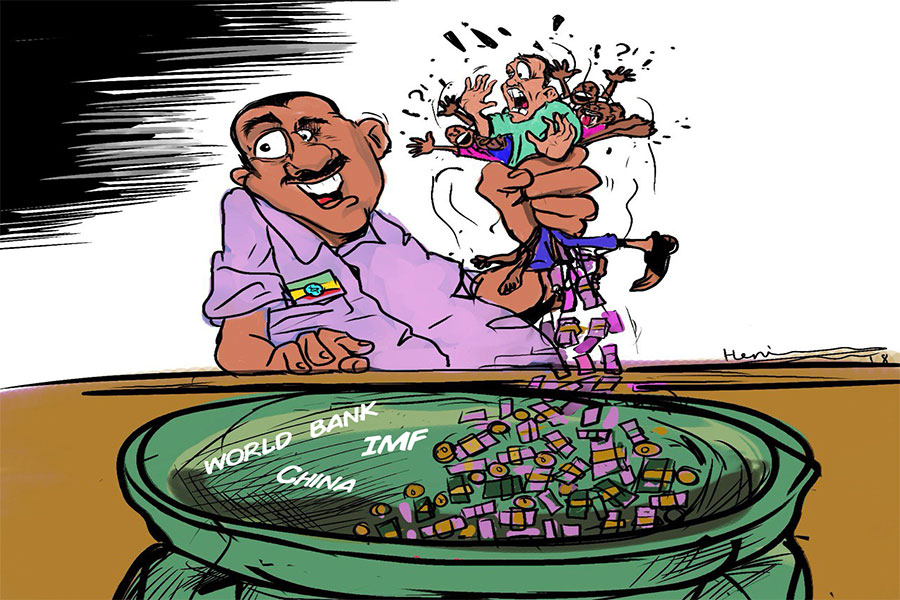
Oct 18 , 2025
The political establishment, notably the ruling party and its top brass, has become p...
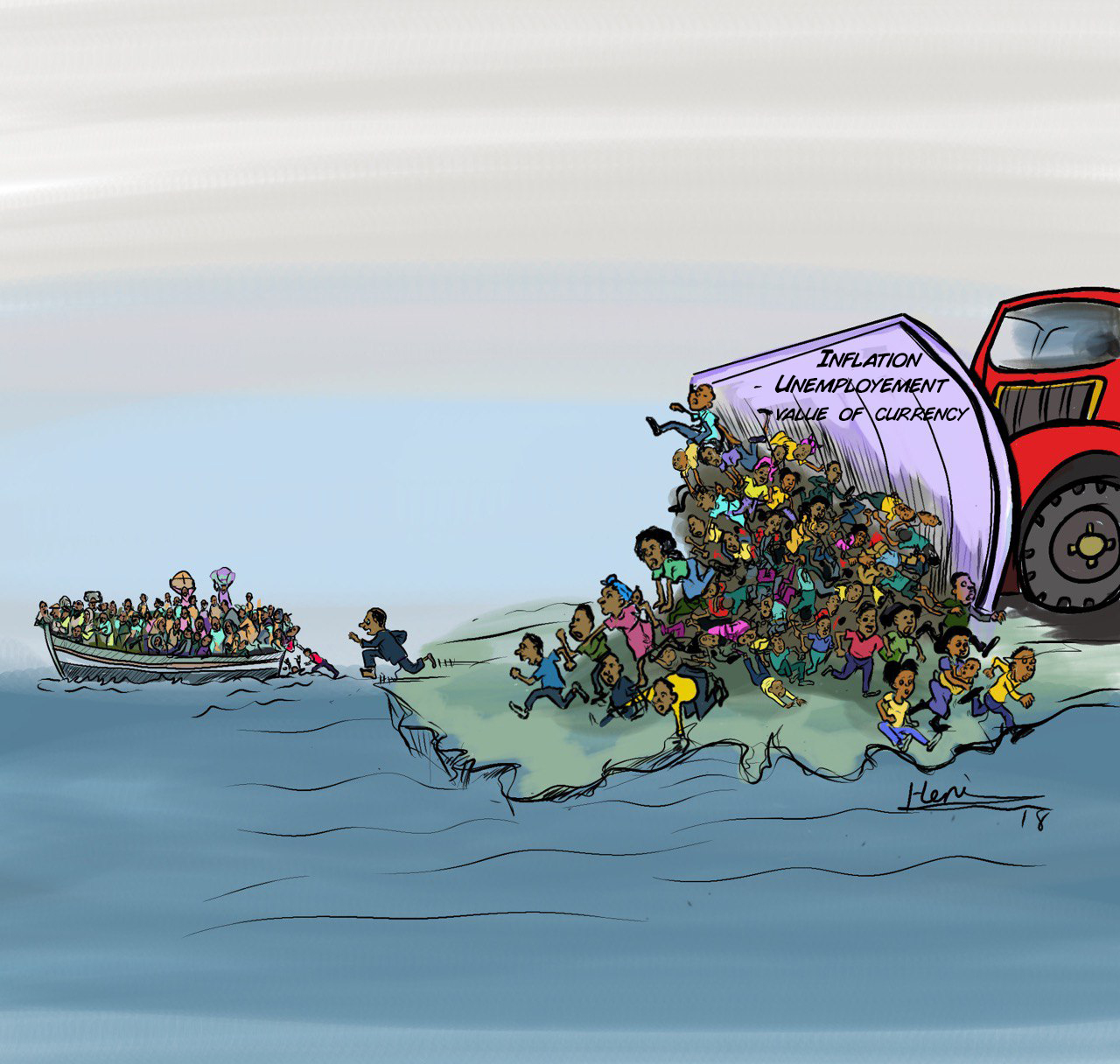
Oct 11 , 2025
Ladislas Farago, a roving Associated Press (AP) correspondent, arrived in Ethiopia in...

Oct 4 , 2025
Eyob Tekalegn (PhD) had been in the Governor's chair for only weeks when, on Septembe...
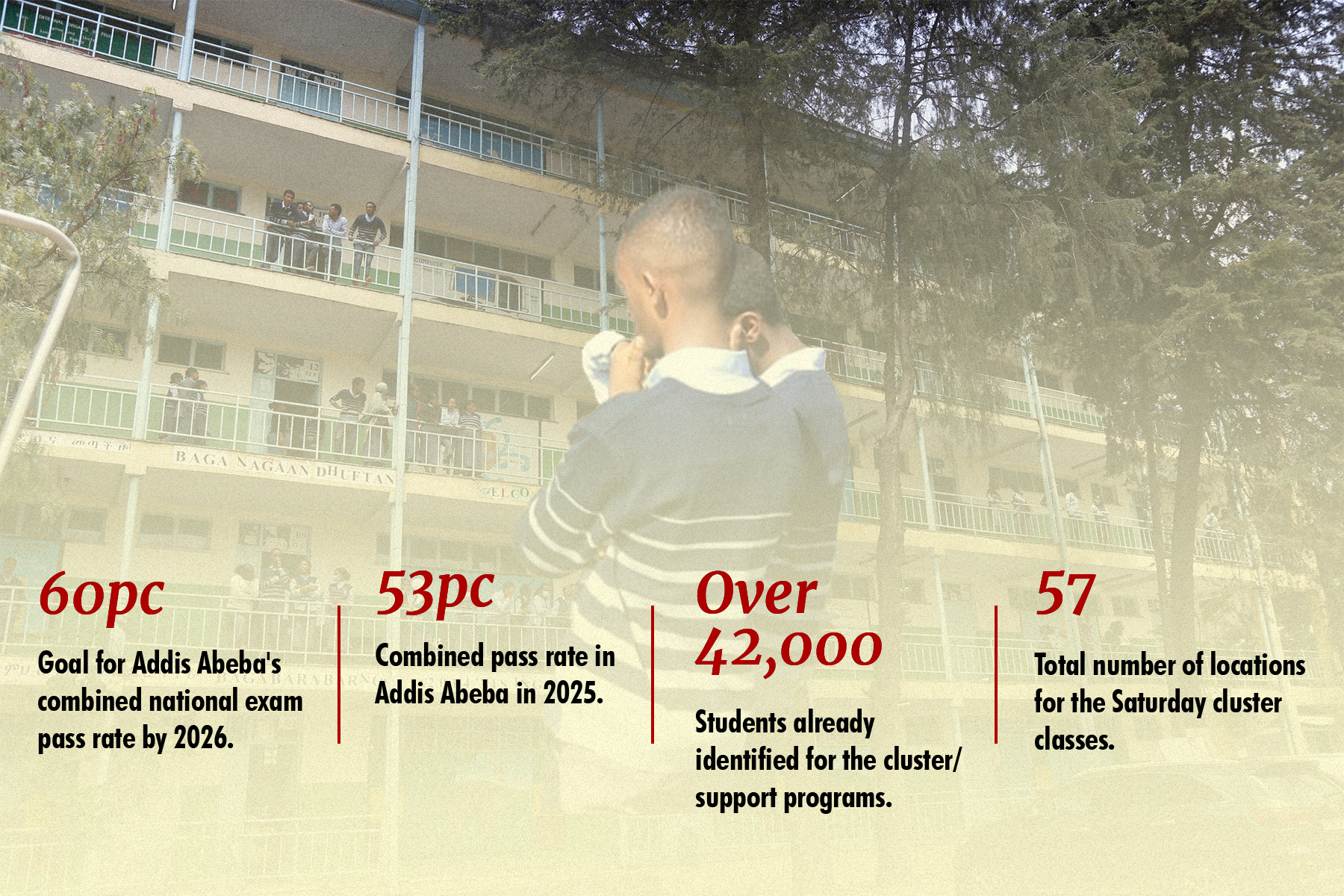
Oct 25 , 2025 . By YITBAREK GETACHEW
Officials of the Addis Abeba's Education Bureau have embarked on an ambitious experim...

Oct 26 , 2025 . By YITBAREK GETACHEW
The federal government is making a landmark shift in its investment incentive regime...

Oct 29 , 2025 . By NAHOM AYELE
The National Bank of Ethiopia (NBE) is preparing to issue a directive that will funda...

Oct 26 , 2025 . By SURAFEL MULUGETA
A community of booksellers shadowing the Ethiopian National Theatre has been jolted b...